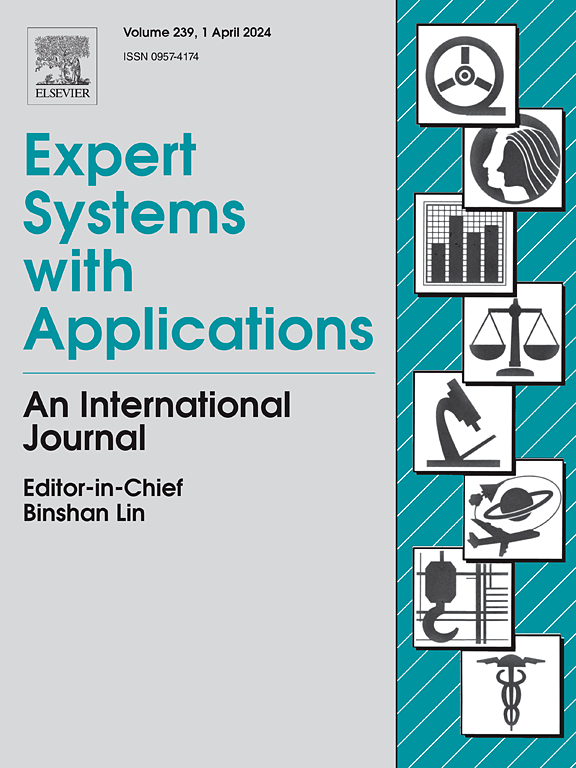Development and validation of a human-machine interface for unmanned aerial vehicle (UAV) control via hand gesture teleoperation
IF 7.5
1区 计算机科学
Q1 COMPUTER SCIENCE, ARTIFICIAL INTELLIGENCE
引用次数: 0
Abstract
In this research, a drone-style unmanned aerial vehicle is maneuvered using hand gestures through the creation of a specialized glove design. The analytical formulas pertaining to the drone framework developed during the research were derived, leading to the establishment of a mathematical representation. These formulas were implemented in the Matlab & Simulink environment, and simulations of the system based on this mathematical representation were conducted. Next, to carry out verification tests, a unique device was crafted and set up for the drone, enabling real-time data exchange with the glove. A series of distinct signal sets for the glove were examined to confirm the functionality of the system. After confirming the control mechanism, it was seamlessly incorporated into the electronic hardware framework, leveraging the Arduino Uno microcontroller as the focal point. Within the hand gesture apparatus, an innovative circuit was devised, managed by the Atmega328P microcontroller chip. The primary motivation behind this exploration resides in the desire to establish a user interface for UAV operators that is both seamless and unobtrusive, moving beyond the artificial and cumbersome elements tied to traditional control systems. For this purpose, the research aims to empower users to utilize hand gestures—frequently employed in various everyday scenarios—for piloting activities, thus improving user performance and simplicity of use. The findings of this study highlight the parity between the glove apparatus designed for hand gesture manipulation and the conventional joystick-based system, thereby confirming its effectiveness for multiple applications. Furthermore, a one-handed method was embraced for hand gesture control, with the supplementary aim of offering pilot training opportunities for individuals with upper limb impairments.
求助全文
约1分钟内获得全文
求助全文
来源期刊

Expert Systems with Applications
工程技术-工程:电子与电气
CiteScore
13.80
自引率
10.60%
发文量
2045
审稿时长
8.7 months
期刊介绍:
Expert Systems With Applications is an international journal dedicated to the exchange of information on expert and intelligent systems used globally in industry, government, and universities. The journal emphasizes original papers covering the design, development, testing, implementation, and management of these systems, offering practical guidelines. It spans various sectors such as finance, engineering, marketing, law, project management, information management, medicine, and more. The journal also welcomes papers on multi-agent systems, knowledge management, neural networks, knowledge discovery, data mining, and other related areas, excluding applications to military/defense systems.
 求助内容:
求助内容: 应助结果提醒方式:
应助结果提醒方式:


